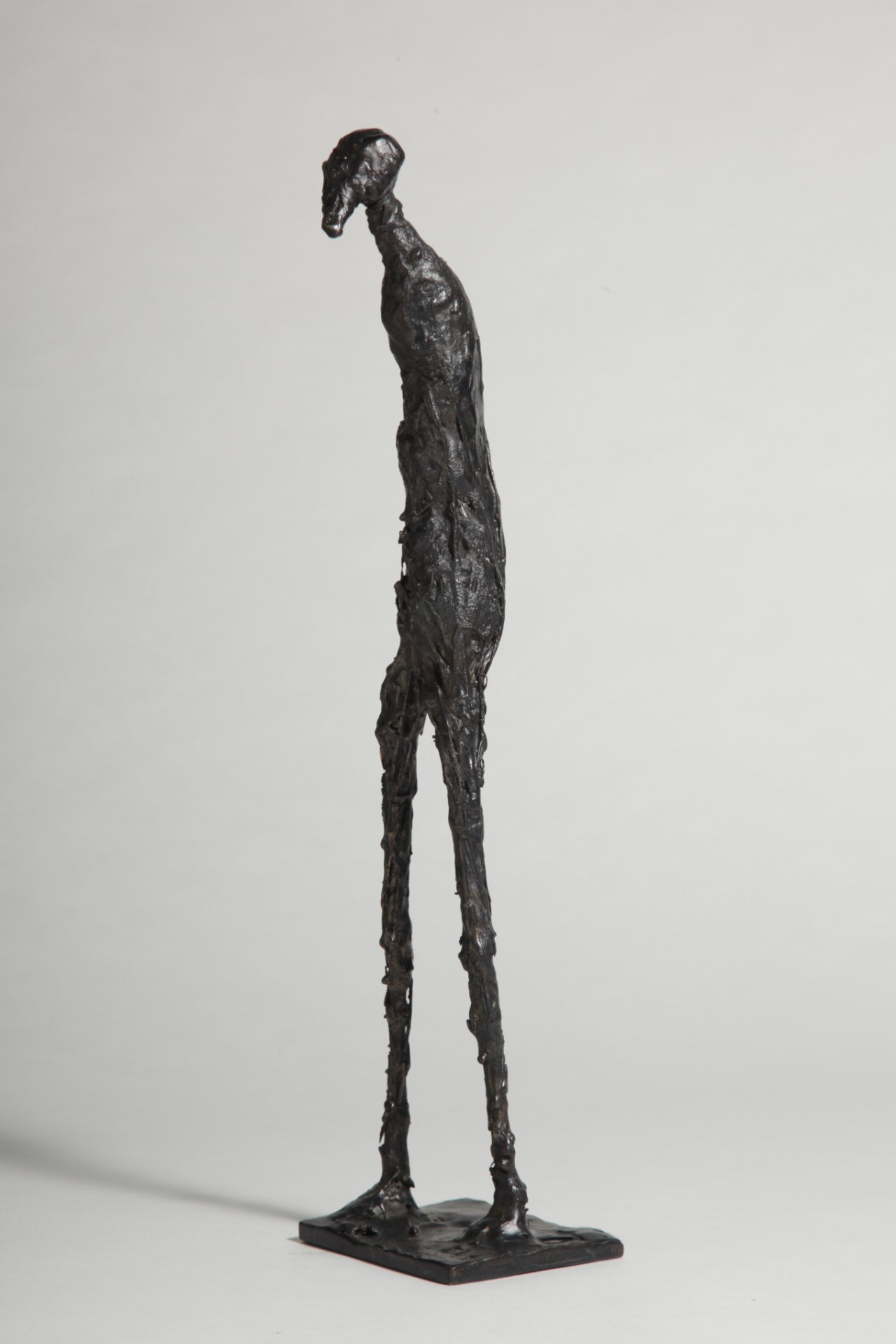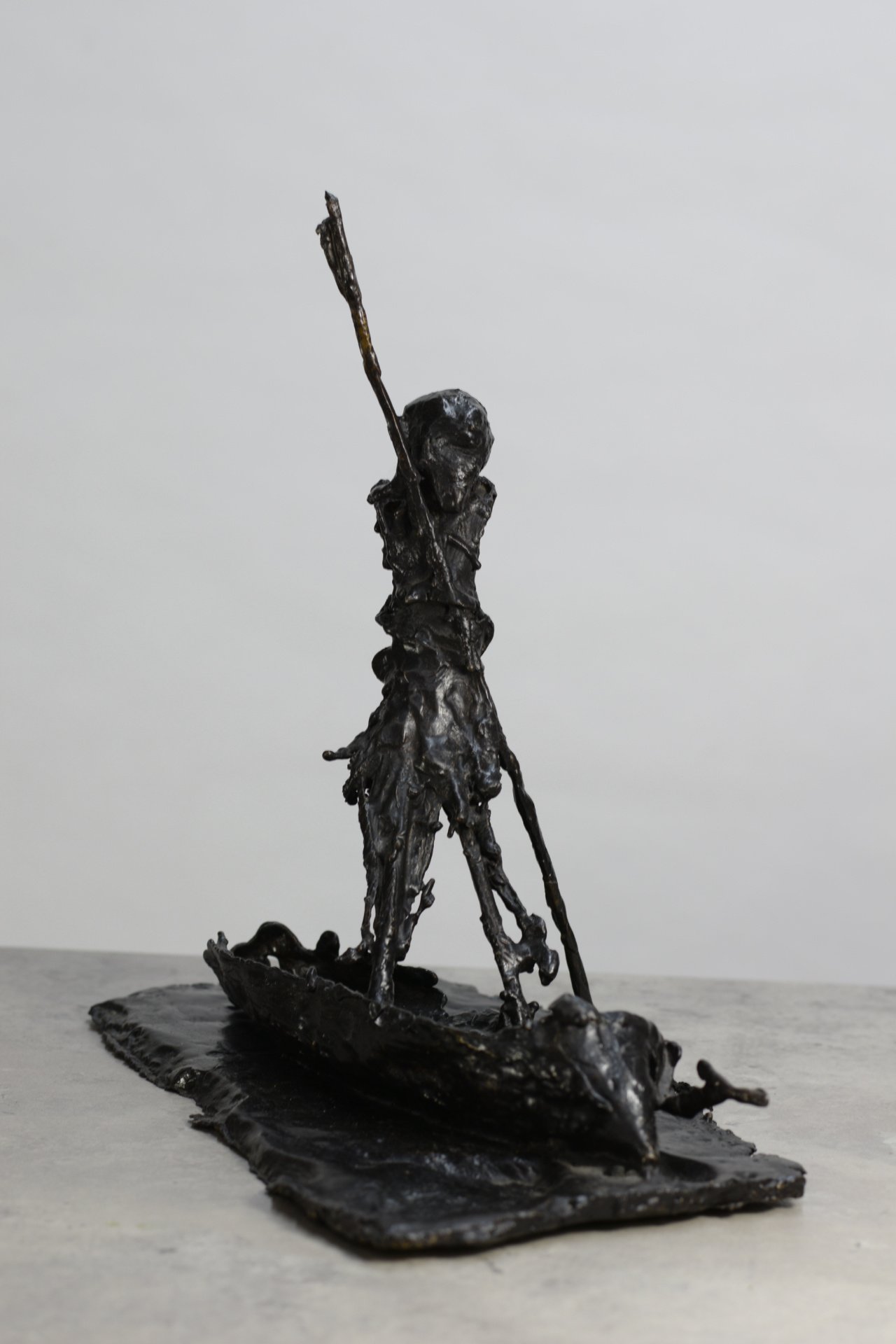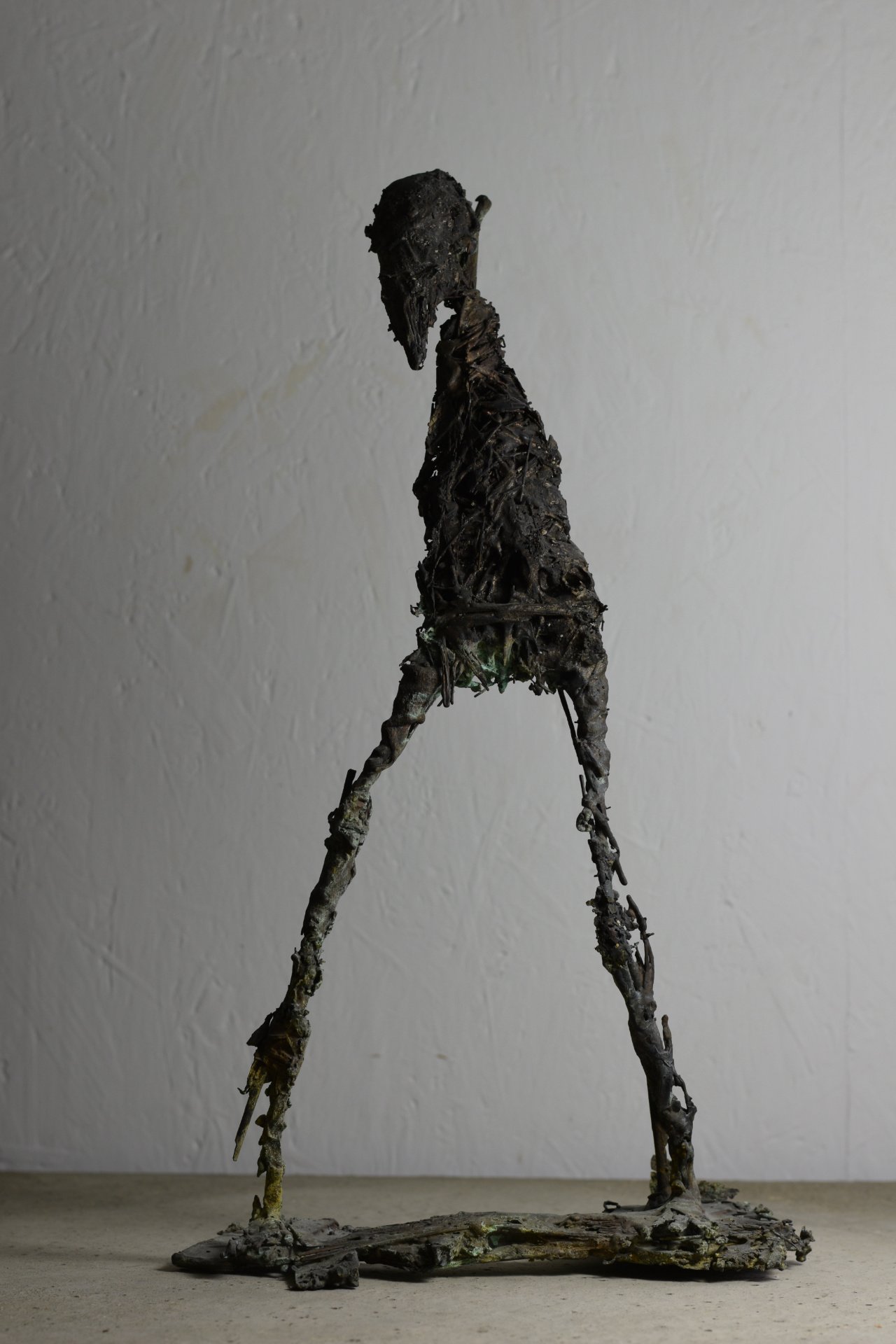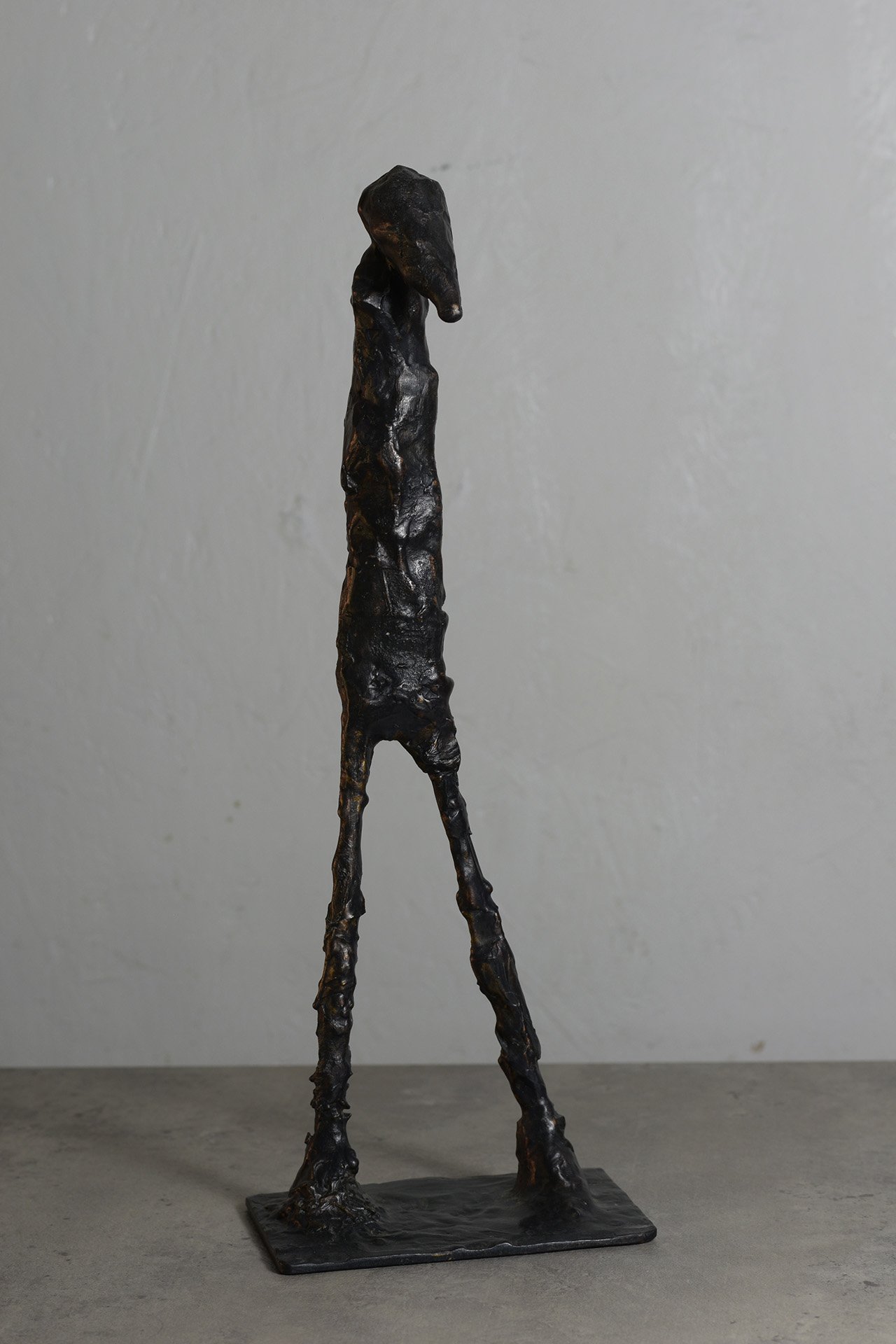
Conceived in the early 2000s, Marshmen came from a personal place. I imagined a people inhabiting the mystic marshland and estuaries of East Anglia, reflections of ourselves, go-betweens traversing worlds.
Created in reaction to experiences faced by many on a daily basis, these figures personify the modern diaspora: the dispossessed, the stateless, the refugee, and the homeless.
Sculpted from the materials of their environments, the Marshmen are both shaped and constrained by those environments. They are a reminder that we are all interconnected, and that our lives are shaped by the forces around us.
Shortly after creating these pieces, I read ‘A history of God’ by Karen Armstrong and the excerpt below really sparked my imagination.
"When sweet and bitter were mingled together, no reed was plaited, no rushes muddied the water, the gods were nameless, naturals, futureless." This is how the ancient Egyptians described the state of the world before creation. It was a time of chaos and confusion, when there was no distinction between good and evil, order and disorder. The gods were nameless and formless, and the future was uncertain.”
To create each sculpture I begin by weaving and wrapping the delicate fibers of grass and reed, securing each strand with molten wax. Once my creation is complete, I carefully fire each mould using a kiln, a process that burns away the organic material, leaving behind a cavity that is filled with molten bronze. The resulting sculpture is a fossilised impression of the natural world, captured in the precious metal of bronze. If the sculpture is too big, thick or thin the cast is likely to fail.
Captive, unique bronze, 30 x 12 x 6cm
Subjugated, unique bronze, 36 x 9.5 x 7cm
Raft, unique bronze
Marsh man, unique bronze
Hope, unique bronze, 20 x 12 x 9.5cm
Subjugated, unique bronze, 29 x 10 x 7cm
Subjugated, unique bronze, 20 x 6.5 x 6.5cm
Captive, unique bronze, 23 x 7.5 x 7cm
Captive, Unique bronze, 40 x 11 x 7cm
Subjugated, unique bronze
Seeker, unique bronze
Sotheby's summer exhibition












